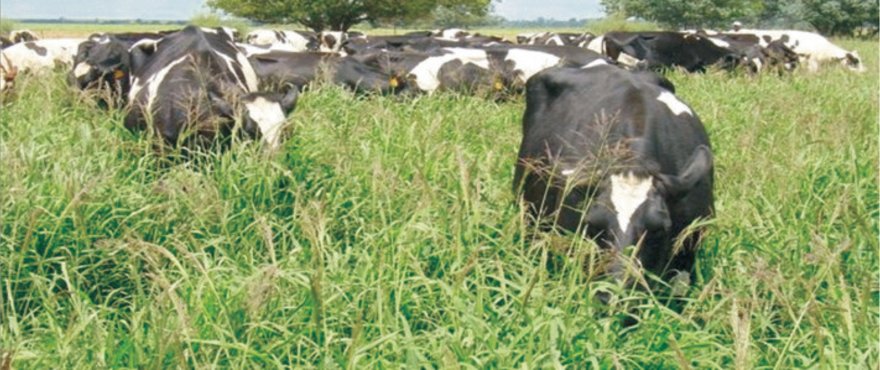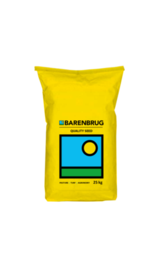Establishment
• Establish: Late summer or early autumn but not later than February
• It is sensitive to weed competition
• Can withstand frost to a certain degree
Utilization
• Heavy grazing can have great negative effect on Panicum compared to other grasses, especially before the winter
• It should not be grazed or cut below 30 cm, to improve persistence and to achieve the maximum yield
• It should be allowed to grow out well after heavy grazing to maintain excellent production
• It is not suitable for sheep, seeing that their grazing habit is too low
• It has a better late season production and is more palatable than Smutsfinger grass
GATTON
Gatton is a very palatable, shade tolerant grass with broad green leaves. It is well accepted by most livestock, with particularly high intakes of its young leafy growth.




